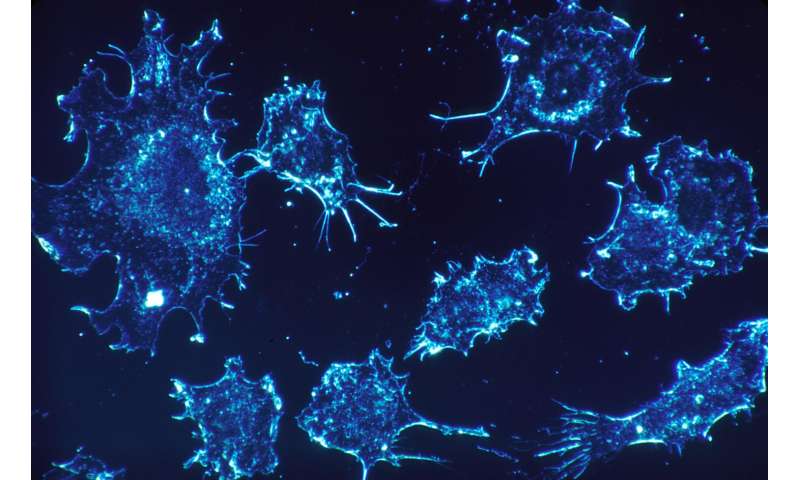
Post-operative radiotherapy (PORT) used in patients with non-small-cell lung cancer (NSCLC) following complete resection and after (neo) adjuvant chemotherapy shows no statistically significant difference in 3-year disease-free survival (DFS), according to data presented at ESMO 2020. These results give the oncology community a long-awaited answer.
PORT in completely resected NSCLC patients has been a subject of debate for many years in patients with mediastinal nodal involvement (pN2), since a meta-analysis in 1998 threw doubt on the benefits associated with it.
However, more recent times have seen better selection, (neo)-adjuvant chemotherapy in stage III resected patients, as well as improved radiotherapy and more recent non prospective studies suggested modern PORT could improve outcome.
As such, there was a clear need for a large, randomised trial to assess the role of modern mediastinal PORT in adequately staged and surgically treated patients. This study provides more robust data to help clinicians to decide the best course of action for these patients.
The large randomised controlled trial presented at ESMO 2020, explored the role of modern mediastinal PORT in patients with completely resected NSCLC with histo/cytologically proven nodal involvement.
A total of 501 patients were entered into the intention-to-treat analysis, of which 252 received PORT over five weeks, and 249 entered the control arm (no PORT). Safety analysis was carried out in 487 patients.
Disease-free survival was of 47.1% in the PORT arm and 43.8% in the control arm, thus not statistically significant, with a hazard ratio of = 0.85 (95% CI = [0.67;1.07]; p value = 0.16) for patient receiving PORT compared to control.
Overall survival at three years was 66.5% (95% CI = [59;73]) of patients in the PORT arm compared to 68.5% (95% CI = [61;75]) in the control arm.
Study author Dr. Cecile Le Pechoux, radiation oncologist from Institut Gustave Roussy, Paris, France, said: “PORT cannot be recommended for all patients with stage II and III NSCLC with mediastinal nodal involvement. Possibly, however, for some patients it might be useful because it does decrease the rate of mediastinal relapse by 50%. This must be put into balance with the risk of over-added cardio-pulmonary toxicity. We need to do further analysis to determine if certain patients, in particular, could benefit from it” she added.
Source: Read Full Article
